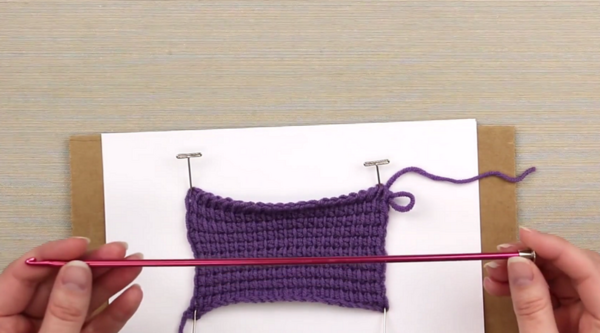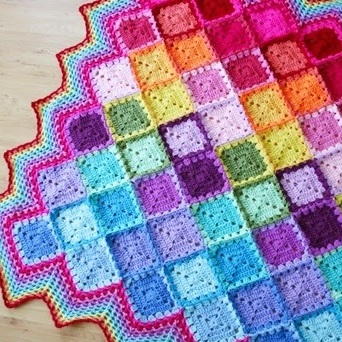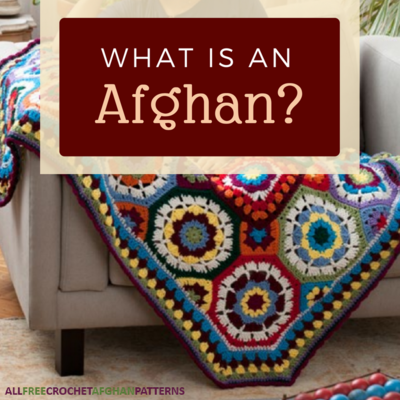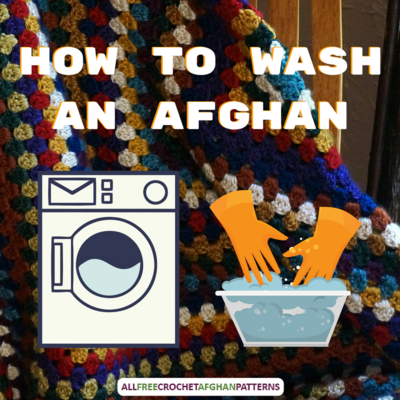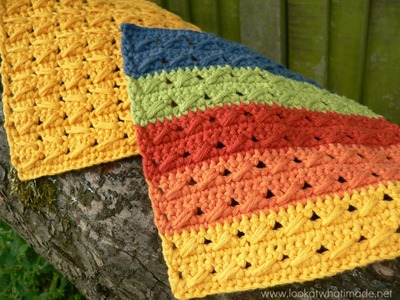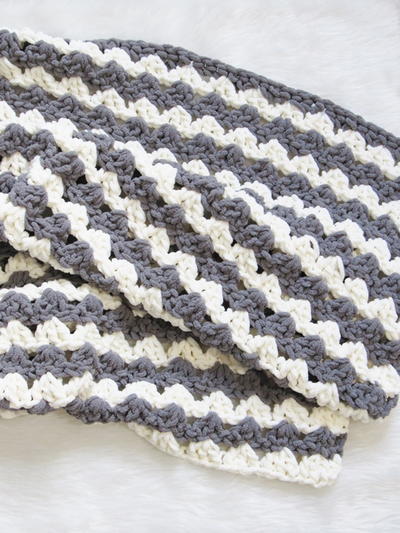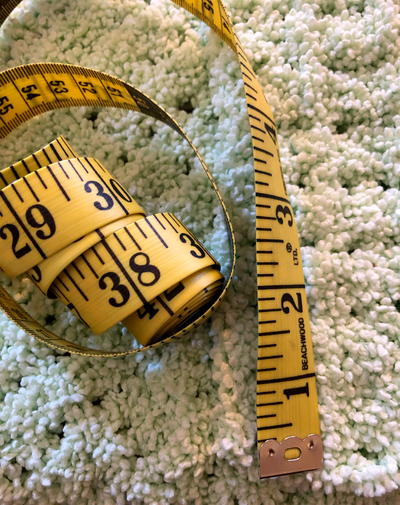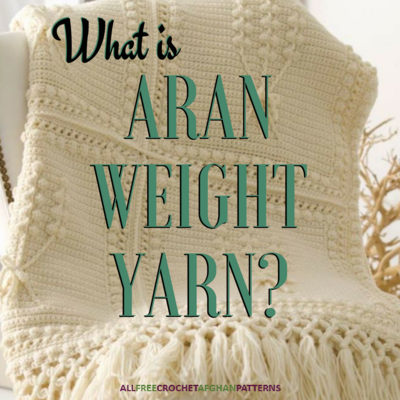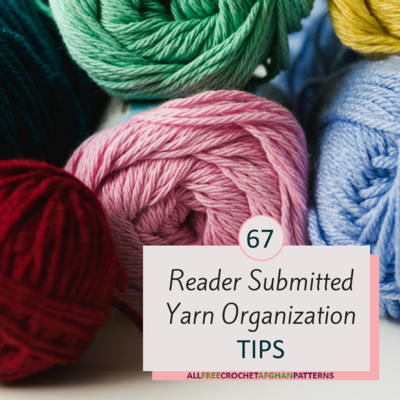What is an Afghan?
The afghan blanket history is quite interesting. Learn all about it on this page.
Many crocheters use the terms afghan, blanket, throw, and lapghan interchangeably but they each have unique characteristics that make them their own.
"Afghan" is the most common term for crocheted (or knitted) blankets but what is an afghan actually? An afghan is a knitted or crocheted blanket made from natural or man-made fibers. The size is often equivalent to a throw but there is no set measurement.
There's a lot of history to this term for this type of yarn art, which we will go over, along with the other important information regarding afghans. Besides the definition and history of afghans, we will go over related crochet terms and techniques, size, and provide a few free afghan patterns you will love.
What is an Afghan?
Besides the afghan being a similar idea as a blanket or throw, there are a few other features that make it an afghan rather than something else. Afghans are hand-stitched, often using geometric designs and bright colors. They are usually decorative.
By definition, afghans can be crocheted or knitted using any type of yarn, though the traditional afghans would have been made with natural sheep, angora, or camel fibers.
Much of the time, afghans are made in specific sizes, such as the size of a throw or bedspread. According to Mikey from The Crochet Crowd, " it’s possible that an afghan is considered to be around 5′ feet or less."

Afghan Blanket History
The afghan blanket origins are based on location. As the name suggests, afghans were first made in Afghanistan by locals. Modern afghans are built upon the traditional Afghan oriental rugs, which have similar styles.
It is unclear when exactly the Afghan people started creating what we know as afghans but the term made it to America in the 19th century.
According to Amanda Thorogood from SFGate,
"Introduced from the region known around the world for its handcrafted and colorful textiles and carpets, the term "afghan," as it is used now to describe a shawl or handcrafted cover made from multicolored yarn, became a standard term in America during the early 1800s."
More specifically, according to Wikipedia, the term was introduced to the English language because it was mentioned in Sartor Resartus by Thomas Carlyle.
What is an Afghan Hook?
There are a couple related terms for afghans. They were invented specifically for afghans but, in modern crochet, they are used for more than just afghans.
So, what is an afghan hook? An afghan hook is also known as the Tunisian crochet hook. It is longer than the average crochet hook and has a cap on the end, which allows crocheters to add more stitches on the hook at once without the risk of them falling off.
There is also an afghan stitch, also known as the Tunisian crochet stitch. It is a boxlike stitch that is used in many afghan patterns, granny squares, and other crochet designs.
Take a look at the video to learn the Tunisian/afghan stitch using the Tunisian/afghan hook.
Afghan Blankets to Make
"There are many styles of afghans: mile-a-minute afghans, join-as-you-go afghans, and motif afghans." — Wikipedia
If you're looking for afghan-style crochet projects to make, AllFreeCrochetAfghanPatterns is the place to go. Based on traditional styles and onto modern versions, there are so many afghan patterns for you to try. Some use the afghan/Tunisian stitch and others match the geometric style or vibrant colors of traditional afghan patterns.
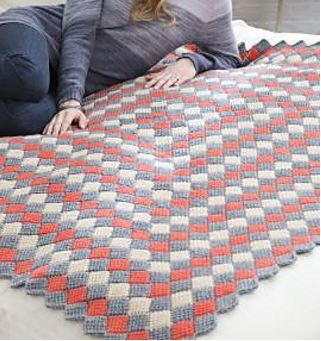
What is your favorite color for afghans?
Read NextHow To Repair an Afghan
Your Recently Viewed Projects
KLC
Feb 07, 2018
It's one of those things that most of us don't think about but it's so interesting to read about the history and origins of the term.
Report Inappropriate Comment
Are you sure you would like to report this comment? It will be flagged for our moderators to take action.
Thank you for taking the time to improve the content on our site.


